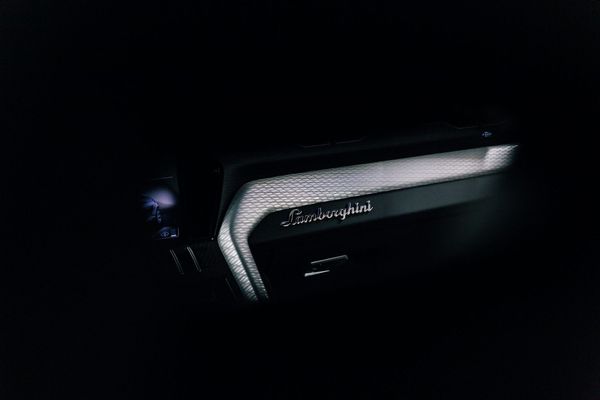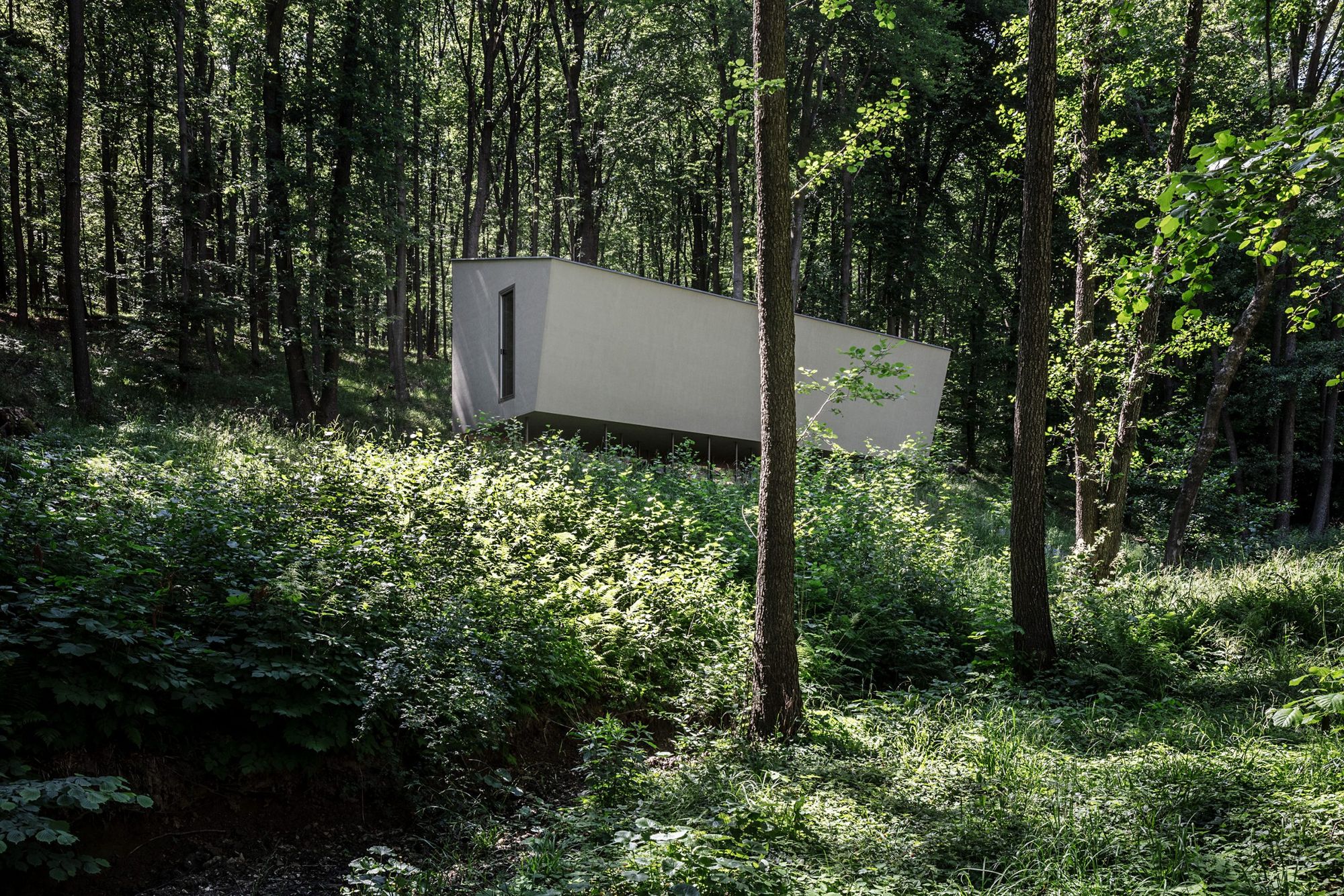Hidden in the foothills of the Alps, among hundred-year-old trees, is the tiny, cozy and conscious wooden house that has even caught the eye of Dezeen and other popular international architectural organs. Thanks to a clever foundation idea, the cabin fully respects its natural surroundings and is designed to be built by a single person. In this case, the owner has built it up himself.
In 1927, Le Corbusier, one of the most influential architects of the 20th century, set out in five points what he believed the new architecture should be about. The first point on the list was to put the building on its feet so that it did not take up space from nature. Attila Béres, the architect, and Attila Hideg, the owner, went back to this principle almost a hundred years later and created the so-called Cabin Moss in complete harmony with its surroundings. The structure, floating above the ground, required no digging or filling with machinery. The thin piles supporting the house were placed in the ground by Attila, taking special care to preserve and protect the roots of the surrounding trees.
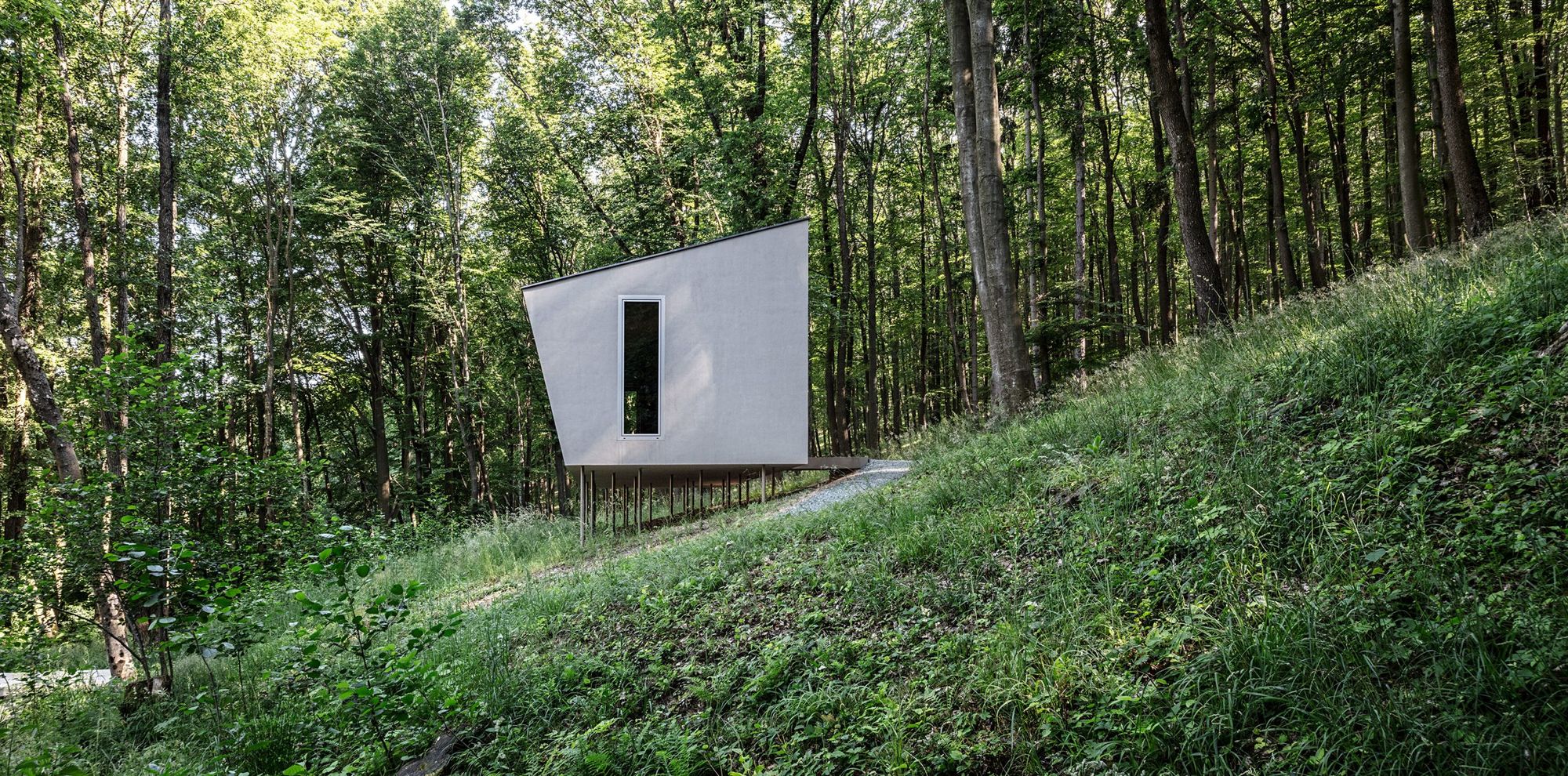
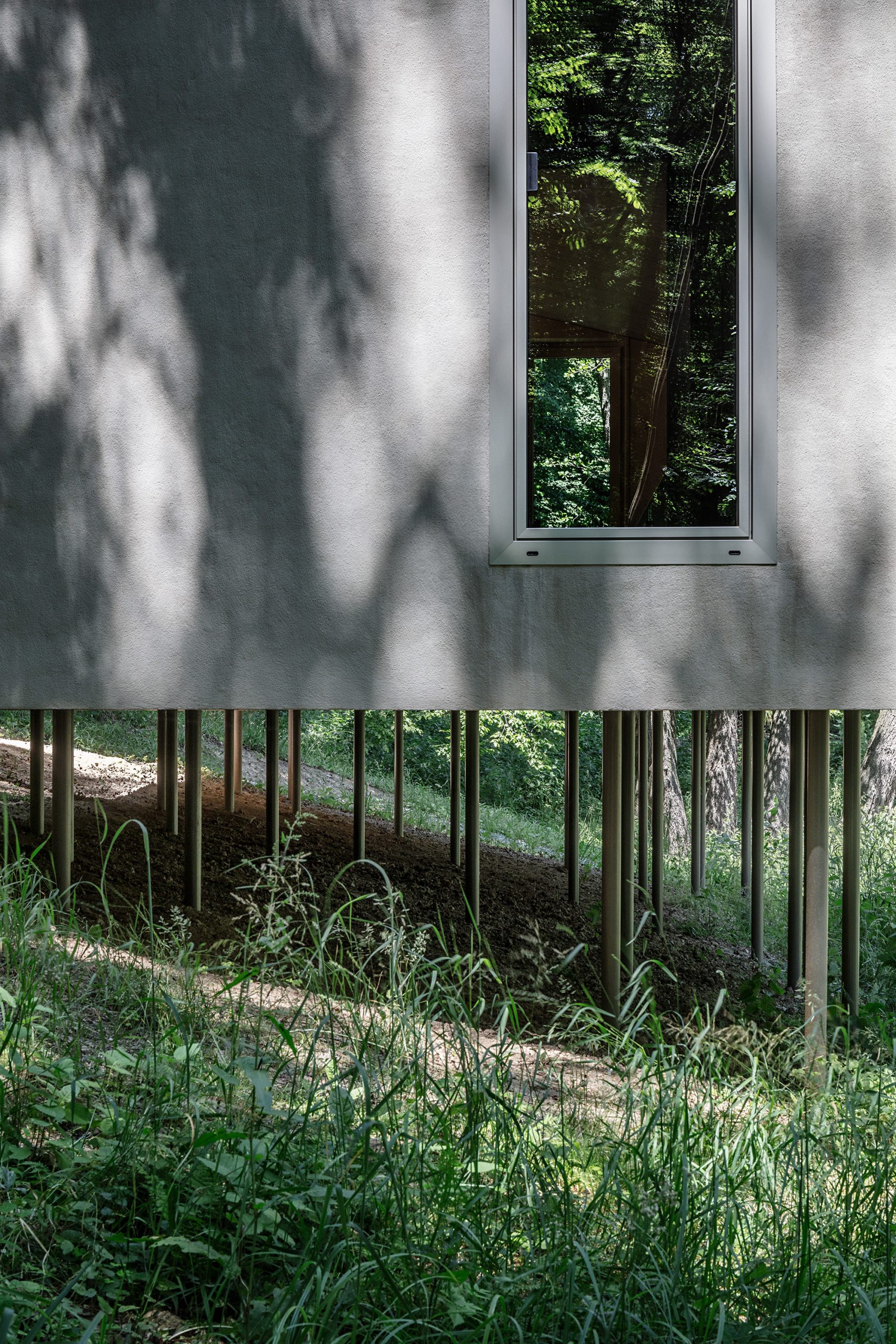
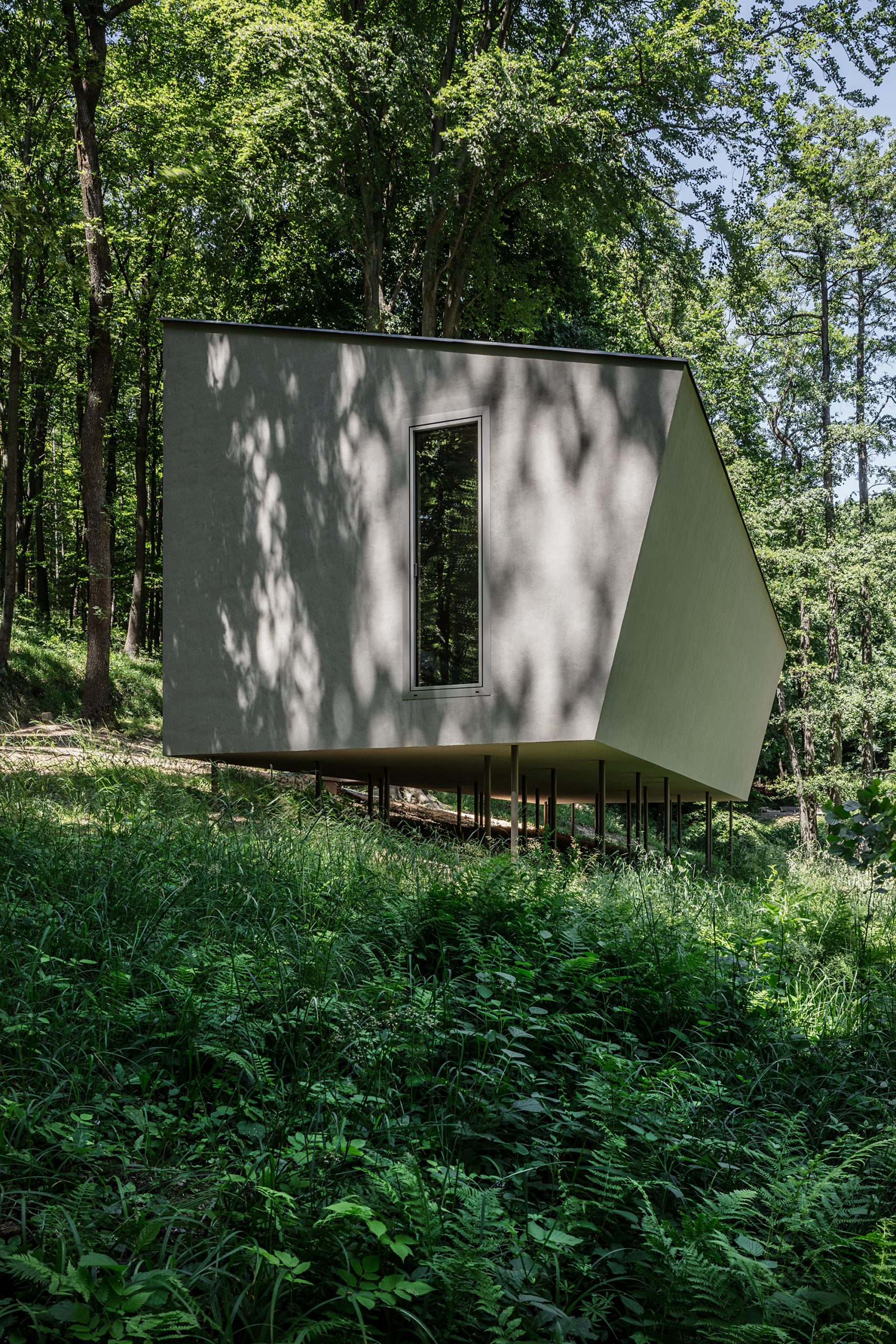

“Our task was to create a little hideaway space of about 40 m2 without any compromise regarding living comfort; at the same time, we respected the natural values of the site at extraordinary levels,” said Attila Béres. The shape of the building is simple and practical, with the playful placement of the windows giving it a recognizable look. A warm, wood-clad interior offsets the subdued, cold grey exterior. The interiors focus on the natural surroundings: the cabin turns its back on the few neighbors and the end of the cul-de-sac, with views of the rolling forest landscape.

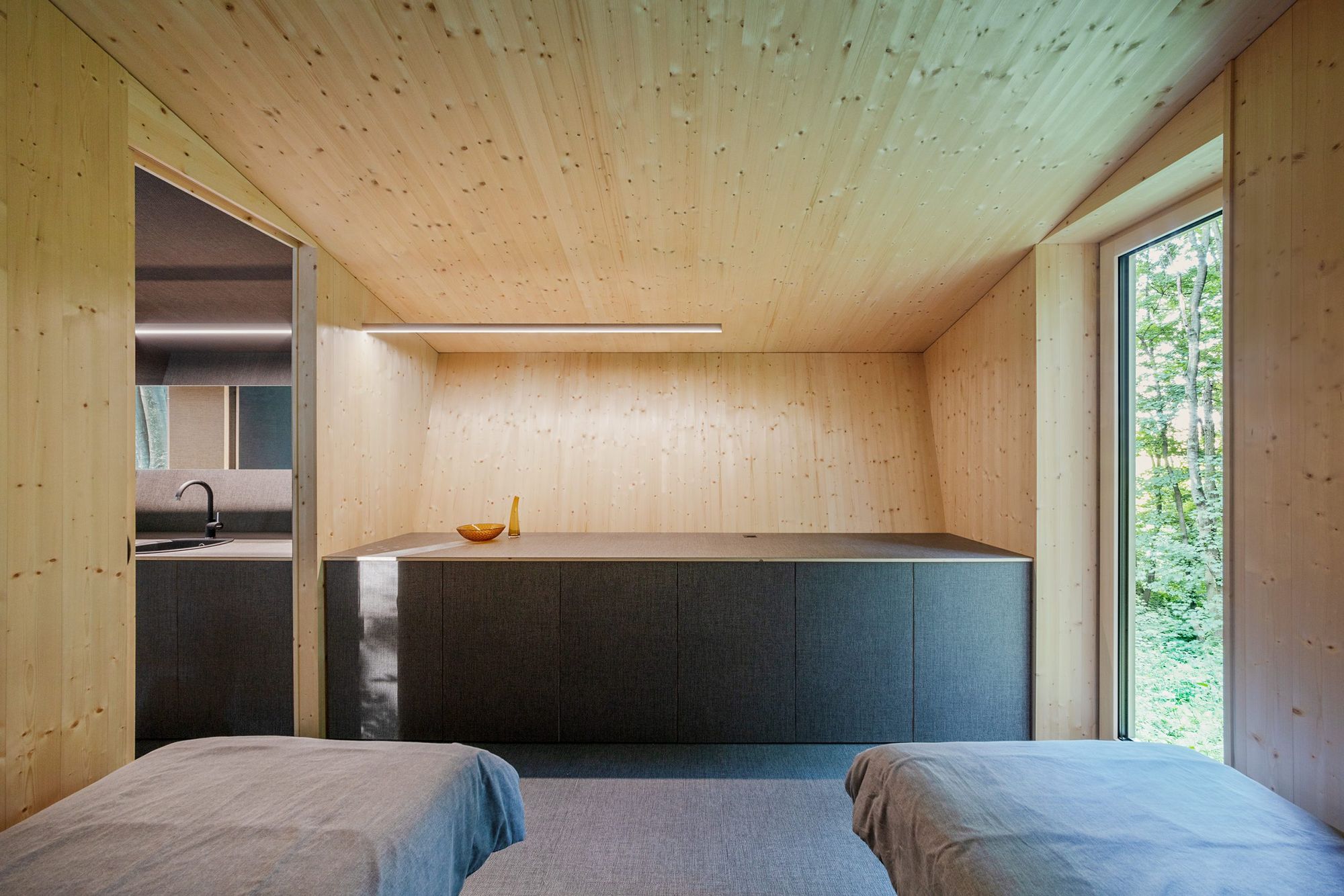
“One of the project’s design cornerstones was the effort of staying small. No unnecessary spaces, no leftovers, no wasted square meters. This is the starting point of being environmentally friendly. The use of high-end building materials and products with great characteristics helps to reach the same goal, and at the same time, it helps to represent the philosophy of our care about sustainability. Heating and hot water supply are solved 100% electrically. The consumption is extremely low because of the mindful design of the insulation system. As a result of careful design and exceptional microclimate of the location, there is no need for air conditioning,” said Attila Béres.
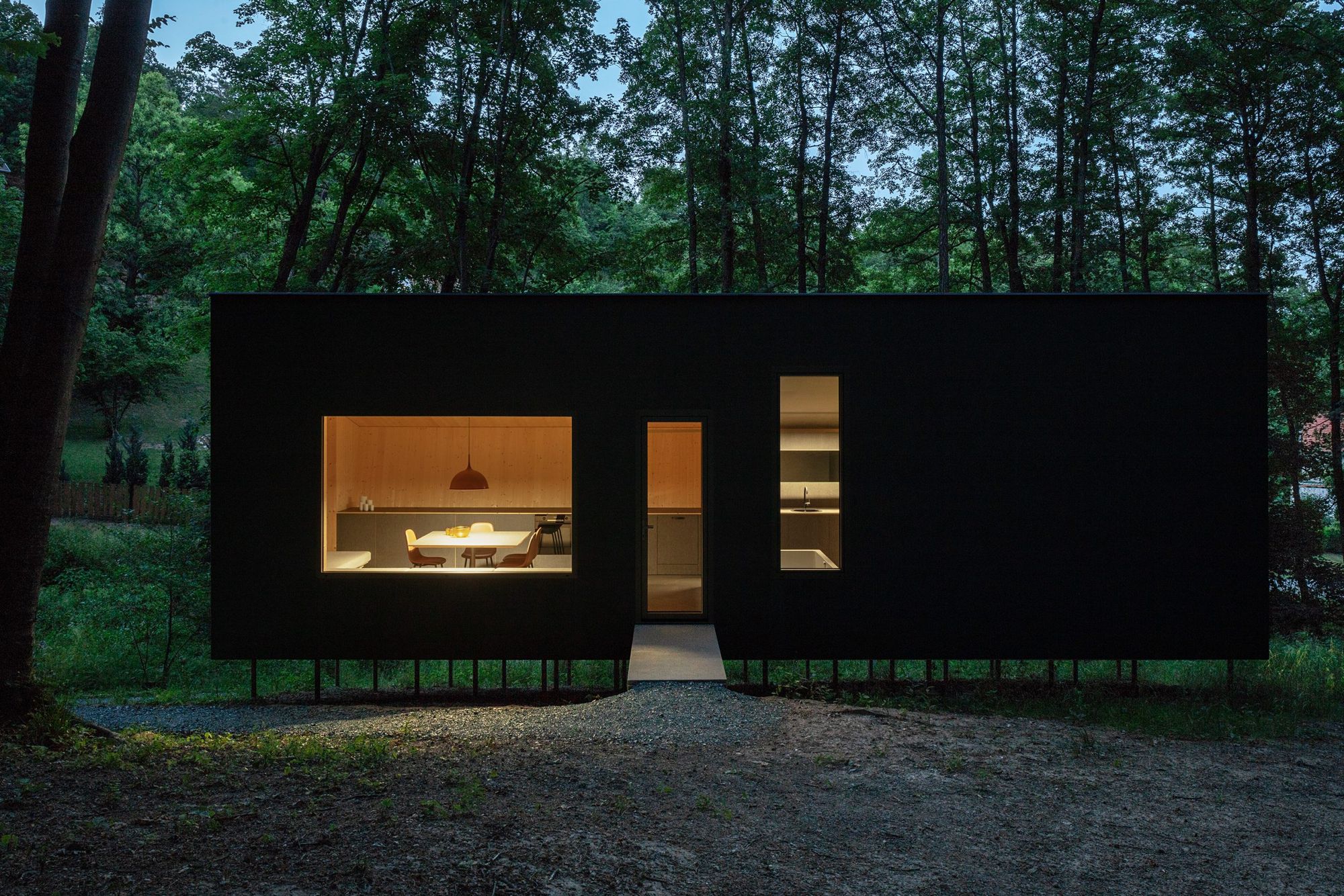
Béres Architects | Web | Facebook
Photos: Tamás Bujnovszky
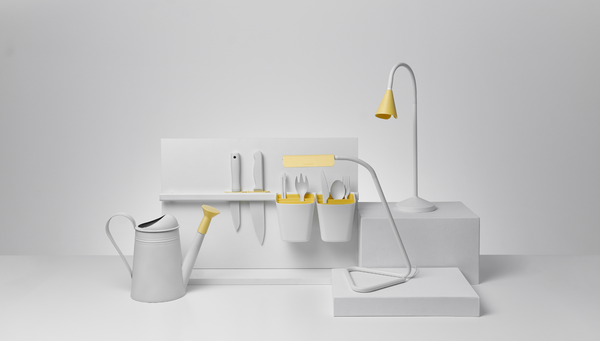
We can hack IKEA products with new Uppgradera elements

Pearls of Anatolia—Turks in Hungary
